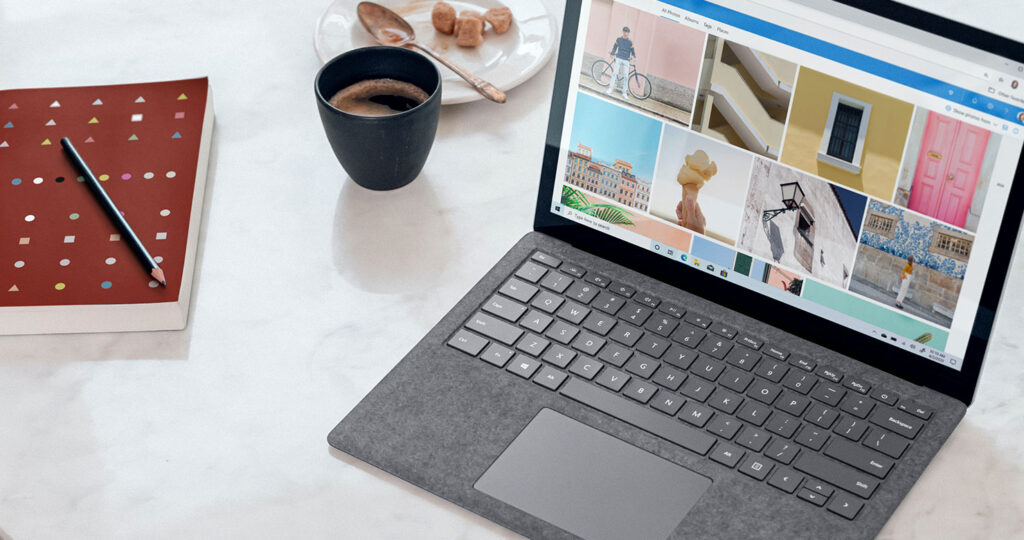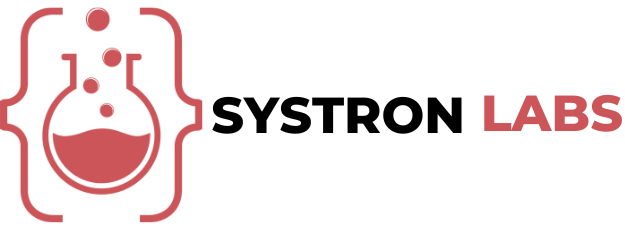User Interface (UI) kits have become invaluable tools for designers, developers, and businesses.
User Interface (UI) kits have become invaluable tools for designers, developers, and businesses looking to create cohesive and visually appealing digital experiences. These kits offer a collection of pre-designed elements, components, and templates that streamline the design process, maintain consistency, and save valuable time. But have you ever wondered what goes on behind the scenes in the creation of a UI kit? Let’s take a peek into this creative process.
1. Concept and Purpose
Every UI kit begins with a clear concept and purpose. Designers and teams define the goals of the kit, its target audience, and the problem it aims to solve. Whether it’s a comprehensive kit for web design or a specific kit for mobile app development, understanding the purpose is essential.
2. Research and Inspiration
In the digital world, staying current with design trends is crucial. Designers immerse themselves in research, analyzing the latest design styles, user preferences, and industry standards. They gather inspiration from a variety of sources, such as competitor analysis, successful projects, and even everyday life.

3. Sketching and Wireframing
The early stages of UI kit creation often involve sketches and wireframes. These serve as blueprints for the layout and structure of UI elements. Designers outline the arrangement of buttons, forms, navigation bars, typography, and more. It’s about establishing the visual hierarchy and user flow.
4. Style Guide Development
A central component of any UI kit is the style guide. This guide outlines the visual and functional aspects of the kit. It includes details such as color palettes, typography choices, button styles, and the usage of icons. The style guide ensures consistency across all design elements.
5. Creating UI Components
This is where the creative magic happens. Designers meticulously craft individual UI components. These components can range from buttons, input fields, and navigation menus to entire page templates. Each component is designed to be versatile, customizable, and adaptable to different projects and contexts.
6. Testing and Feedback
UI kits go through rigorous testing to ensure the elements work seamlessly and maintain their aesthetics in different contexts. Designers solicit feedback from other team members and sometimes from a select group of users. This iterative process helps in refining and improving the UI kit.
Conclusion
Creating a UI kit is a meticulous and creative process that combines technical expertise, aesthetics, and attention to detail. The end result is a valuable resource that not only accelerates the design process but also ensures a consistent and professional user experience across various projects.
UI kits are the unsung heroes of design, making life easier for designers and developers while upholding design consistency. Whether you’re a designer looking to streamline your workflow or a business aiming for a cohesive and user-friendly digital presence, UI kits are an indispensable tool in the world of digital design.
